Excerpted from The Vegiterranean Diet: The New and Improved Mediterranean Eating Plan — with Deliciously Satisfying Vegan Recipes for Optimal Health* by Julianna Hever © 2014 Da Capo Lifelong Book, reprinted by permission.
A rainbow a day keeps the doctor away and our bodies humming. Vegetables, fruits, and other plant foods provide a broad spectrum of antioxidants, phytochemicals, and abundant vitamins, minerals, and fibers. We get the most nutritional bang for our caloric buck with colorful plant foods—especially vegetables and fruits. Nutrients are considered essential when we cannot produce them in our bodies on our own and require consuming them from our diet.
Certain macronutrients, vitamins, and minerals are classified as essential.Fruits and vegetables are loaded with essential nutrients, providing doses of vitamins A, C, E, K, folate, magnesium, potassium, selenium, iron, calcium, amino acids, and omega-3 fatty acids. Plus, an entire additional category of nutrients that are not categorized as essential are at the crux of lasting health: phytochemicals.
Phytochemicals, also referred to as phytonutrients, are nonessential nutrients found in plants. “Phyto” means plant in Greek. Scientists have found that although these compounds are abundant, several factors pre- vent them from being easily quantified and classified. First, so many different types and varieties of phytochemicals are out there that many have yet to be identified. Secondly, levels found in plants vary dramatically ac- cording to genetic factors, in response to environmental conditions, and even between cultivars.
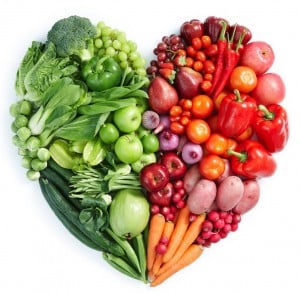 Finally, assessing how phytonutrients are metabolized and utilized in the human body is difficult because of these added complexities. In other words, if they are found inconsistently in nature, they are more challenging to predict, generalize, and document. Thus, phytochemicals remain the silent saviors, the unsung heroes of our plant food supply. They remain humble, indeed, and go to great lengths to keep us healthy, even without adequate praise.
Finally, assessing how phytonutrients are metabolized and utilized in the human body is difficult because of these added complexities. In other words, if they are found inconsistently in nature, they are more challenging to predict, generalize, and document. Thus, phytochemicals remain the silent saviors, the unsung heroes of our plant food supply. They remain humble, indeed, and go to great lengths to keep us healthy, even without adequate praise.
Yet, phytonutrients really aren’t made for us, specifically. They are designed for the plants they live within. Plants generate pigments and other chemicals in order to ward off pests, protect against harsh weather, and fend off ultraviolet (UV ) radiation, among other purposes. Symbiotically, these same compounds happen to protect our human bodies from a broad variety of concerns. As of now, researchers have identified tens of thousands (possibly hundreds of thousands) of phytochemicals—found largely in fruits and vegetables and other edible plant foods like legumes, whole grains, nuts, seeds, herbs, spices, and teas. Here is a list of just some of the vast benefits of these nutrients:
- Reduce cancer activities by blocking the formation of tumors, decreasing the proliferation of cancer cell growth, repairing damage to DNA, and inducing body’s ability to detoxify carcinogens.
- Protect the heart by decreasing damage to blood vessel walls, de- creasing oxidation of LDL cholesterol, increasing blood flow, de- creasing cholesterol levels, and reducing the formation of blood clots.
- Enhance immune function by defending against bacteria, viruses, and fungi.
- Act as powerful antioxidants, neutralizing free radicals that cause cell damage.
- Reduce inflammation, which may very well be one of the primary sources for disease.
- Prevent common eye diseases such as macular degeneration and cataracts and support vision.
- Decrease risk for osteoporosis.
Because each color of the rainbow represents a unique pigment range and broad array of different nutrients, we should aim to eat each and every color every day. The World Health Organization attributes 1.7 million or 2.8 percent of deaths worldwide to low fruit and vegetable consumption and considers it one of the “top ten risk factors contributing to attributable mortality.”
Organizations including the United States Department of Agriculture (USDA), American Cancer Society, and Physicians Committee for Responsible Medicine (PCRM) recommend that half our plates be built of vegetables and fruits. Taking full advantage of them means enjoying vegetables and fruits at each meal and providing our bodies with a constant stream of protection.
- Visit Julieanna Hever at The Plant-Based Dietician.
*This post contains affiliate links. If the product is purchased by linking through this review, VegKitchen receives a modest commission, which helps maintain our site and helps it to continue growing!


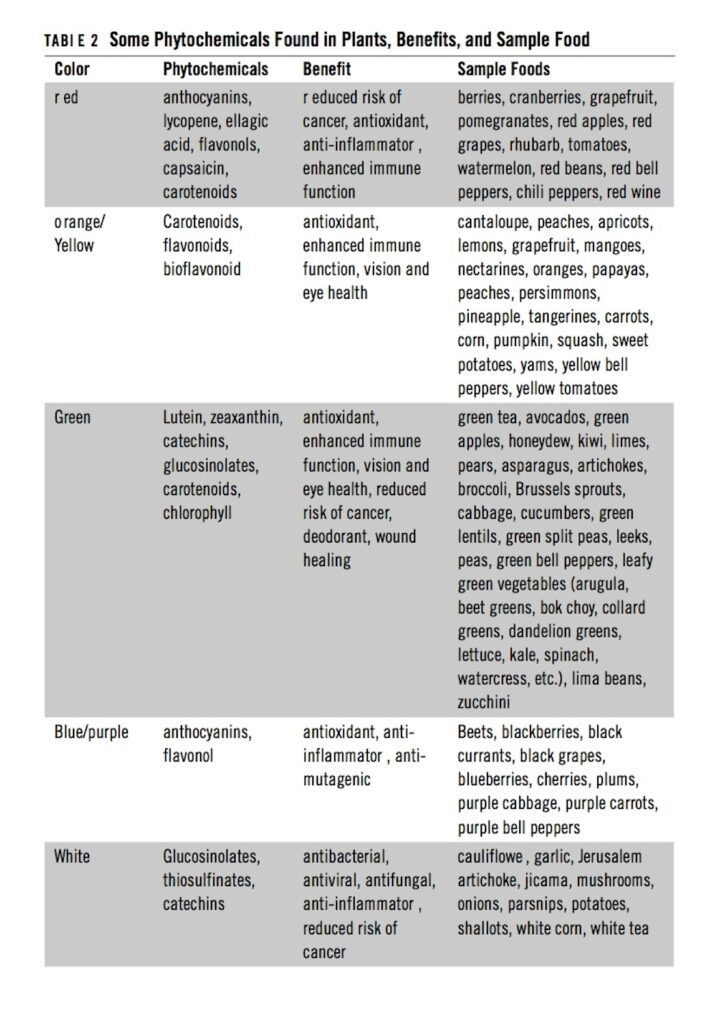

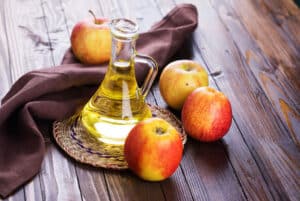
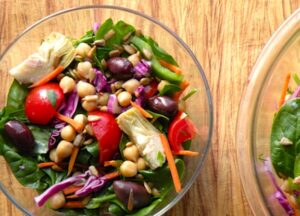
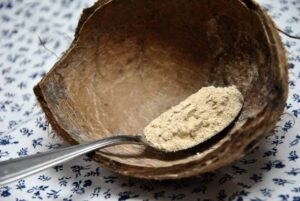
Comments
No Comments